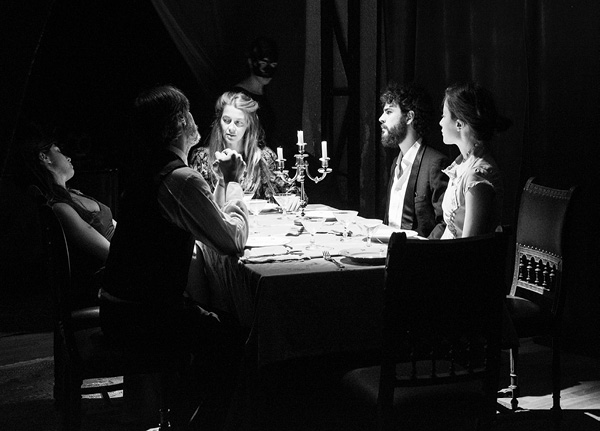
AUGENBLICK
first performed on February 12, 2015
Teatro Studio Uno - La Cattiva Strada, Rome, Italy
performed 26 times in 2015
AMARANTA / ORMA FLUENS / RICCARDO BRUNETTI
Emiliano Loria, Alfredo Pagliuca, Carolina Bevilacqua, Emanuele Nargi, Paola Scozzafava, Sandra Albanese, Silvia Ferrante
Rome, Italy
263723586r263723586i263723586c263723586c263723586a263723586r263723586d263723586o263723586.263723586b263723586r263723586u263723586n263723586e263723586t263723586t263723586i263723586@263723586g263723586m263723586a263723586i263723586l263723586.263723586c263723586o263723586m
sogolfoundation.weebly.com
AUGENBLICK
AMARANTA / ORMA FLUENS / RICCARDO BRUNETTI
Pierre Sogol has been missing for months. Lisa, however, continues to perceive his presence, to feel his breath. This gives professor Peeters the idea of exploiting the situation to his advantage but Marie senses that it would be better to wait before jumping into action. Julie is getting lost in the big house, looking further into the past, while Jakob the butler would like to finally lose himself in the freedom he dreams of. For René, the only way is up.
Defined as “the first immersive experience in Italy,” “Augenblick” revolved around the conflict between earthly motivations and spiritual elevation. “Augenblick” is a door through time. A time of the past (a time of war) and the time of desire (which often twists the linearity of events). Effects and causes mirror each other and are recognizable only in the present. A time of participation, because only those who can live in the moment will be able to take part in our stories, to sit among us, to follow our steps, attempting the ascent of Mount Analogue, the climb leading to ourselves.
Throughout the performance there were countless references to esoteric practices, clairvoyance, Nietzche’s philosophy, Gurdjeff’s teachings, adultery, greed, envy, and murder. The performance lasted for two-and-a-half hours and gave the audience the freedom of following it according to their own unique wills and desires, including full freedom of movement, while the story unfolded with lifelike complexities. The set-up turned a small theater in Rome into a large house set in 1941, featuring a greenhouse, open to be fully explored by the audience. The performing languages ranged from dance, to physical theatre, installation, music, one-to-one performances, and participatory theatre. The performance also featured a 1940s bar that specialized in serving absinthe, to allow the audience a break whenever needed.